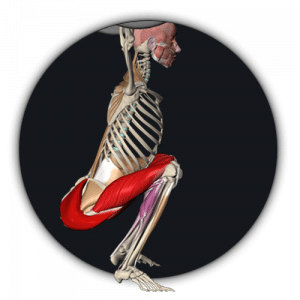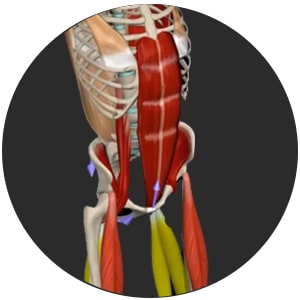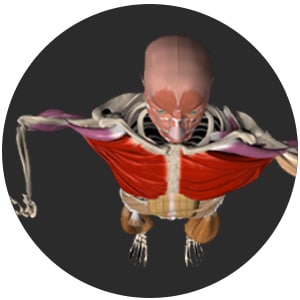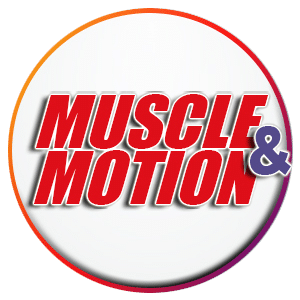The anatomy of the straddle thigh stretch
Lengthening the adductors and Hamstrings
Some exercises or stretches are such intuitive movements, it seems like they’ve always been here.
This is the case with the seated straddle thigh stretch – you can see young children sitting this way, just playing, as it’s the most effortless position possible.
Over time our movement patterns and bodies change, and our flexibility decreases, and this pose then becomes a powerful stretch, one of the most common stretches to be found.
This article will go through this stretch’s anatomy, suggest using a stretching technique to help increase the stretch, and offer a variation for this exercise.
First, the baseline.
How to perform the stretch?
➔ Sit on the floor with your legs straight.
➔ Spread your legs as wide as you can while keeping your back straight.
➔ Knees are facing up. Make sure not to let them fall in.
Anatomical Analysis
In yellow, we see the stretched muscles, and in pink the active muscles.
The adductors in yellow are the agonist, and the Glutes Maximus and gluteus Minimus are the antagonists.
Some of the active muscles stabilize the spine, and some make the stretch more effective.
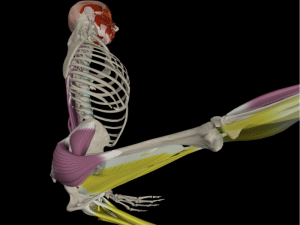
PNF: A Stretching Technique
PNF stands for Proprioceptive Neuromuscular Facilitation and was originally used as a form of rehabilitation tool.
Over time, its effectiveness led it to be used in larger circles in the fitness world as a technique to increase flexibility.
The PNF technique is commonly practiced with a partner to help with active and passive movements, but it’s completely possible to train it on your own.
The PNF has
- Hold-relax: The trainee goes into the stretch, then holds and resists an external force without moving the stretched limb, and goes back to the passive stretch.
- Agonist contraction: Starting with a passive stretch, doing the opposite action against resistance, relaxing the muscle, and going for another active stretch.
- Antagonist contraction: Starting with a stretch of the agonist, contracting the antagonist, and back to stretching the antagonist.
Stretch Variation
In this variation, we lean the thorax forward and therefore increase the Hamstring stretch.
It is not necessary to flex the back as the movement is made through the hip joint.
Just to be clear, spinal flexion is possible when you want to stretch the lower back muscles. But among less flexible trainees, spine flexion can do more harm than good in this position.
Flexible trainees that their pelvis is tilted anteriorly can add spinal flexion without risking their lower backs.
On the right, we see a common problem of tight Hamstrings.
In this condition, there is an exaggerated posterior pelvic tilt accompanied by rounding of the upper back. In this condition, which is common to most of the population, any attempt to perform forward flexion will only create unnecessary load on the lumbar vertebrae.
The solutions can be simple:
➔ Support your body weight when leaning backward
➔ Bend your knees
➔ Sit on an elevation (pillow or step)
➔ Perform preparatory exercises for stretching the Hamstrings
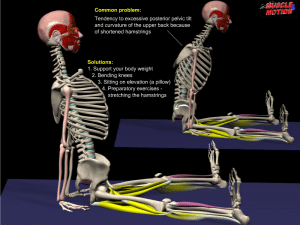
Working on mobility and joints’ ROM is an inherent part of one’s health.
There’s a countless amount of stretches, techniques, and variations to train, so add a few in every training session you do.
Don’t just check the box to get to the strength training part, but really invest the time and set your intentions for this component of your health.
We all have one body that can do so much. So let’s maximize what it can do.
With the Muscle and Motion Strength Training App, your workout will be more effective than ever!


